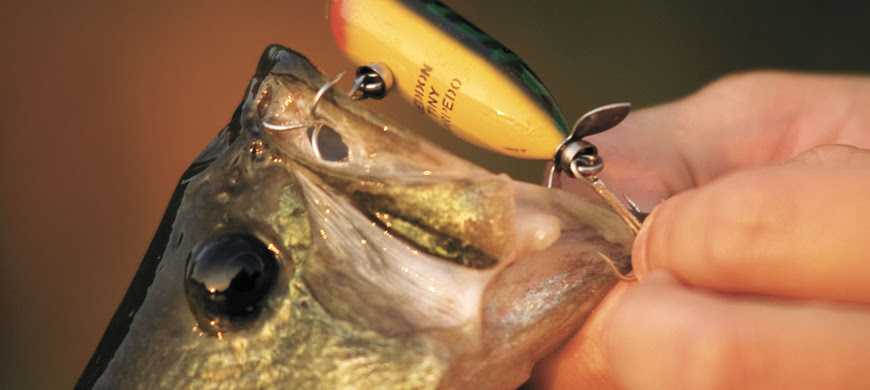EMPORIA – Fisheries biologists at the Meade Fish Hatchery have been fooling Mother Nature to get largemouth bass to spawn earlier than normal. By controlling water temperature and photo-period (day length), along with other biological factors, hatchery staff are able to create an environment where largemouth bass spawn up to two months earlier than they would in the wild. The fry produced have a huge advantage over naturally-spawned bass because they are large enough to feed on small fish through the spring and summer. By fall, these larger bass are more likely to survive their first winter in a Kansas lake.
So far, early-spawn bass have been stocked into select Kansas reservoirs where bass are popular with anglers but natural reproduction and normal stocking practices aren’t maintaining good bass populations. To evaluate the success of the early-spawn program, fisheries staff have conducted creel surveys to determine if catch rates have improved. In addition, DNA testing of adult bass caught in these lakes will tell biologists what percentage of the bass population is made up of early-spawn fish.
A unique quality of the early-spawn program is that genetic records kept on the brood fish allow each bass produced to be traced back to the hatchery. KDWPT biologists are working with bass tournament organizers to obtain samples from bass brought to tournament weigh-ins at select lakes. Recently, staff worked with the East Kansas Bassmasters club during a tournament on Hillsdale Reservoir where early-spawn bass have been stocked since 2012. Fingernail-sized clippings from the upper caudal fin were collected from fish at the weigh-in before the bass were released. The tissue samples will be tested to determine if they came from fish produced at the Meade Fish Hatchery.
In the past five years, more than 10 million largemouth bass have been produced and stocked through the early-spawn procedure. The evaluation efforts will help biologists determine the program’s effectiveness in bolstering bass populations, as well as what changes should be made to improve stocking success.







